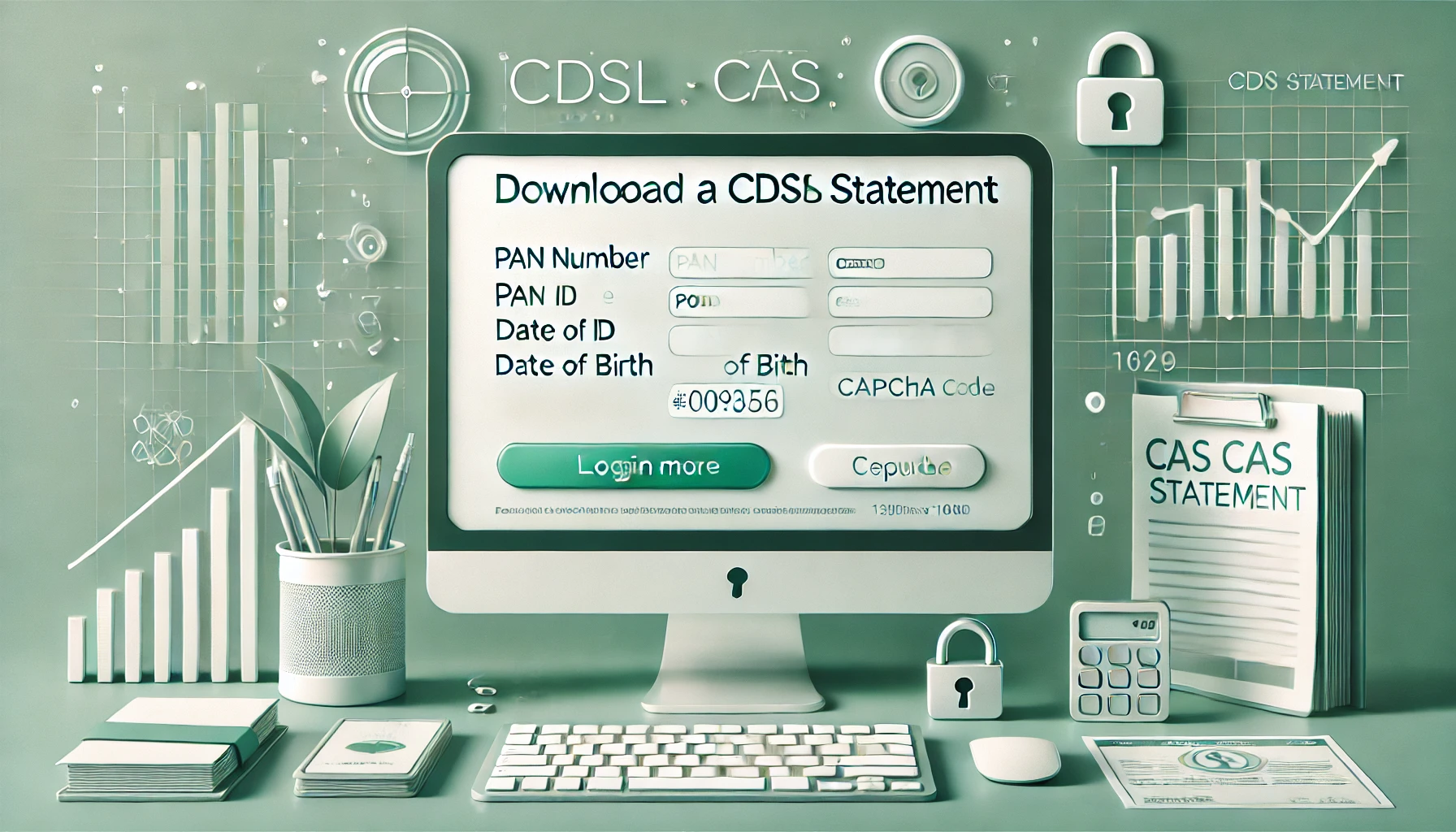India’s Fiscal Deficit: Why September’s Surplus May Not Tell the Full Story

By

At first glance, India’s fiscal report card for September 2025 looks great. The government reported a fiscal surplus of ₹25,030 crore, bringing the cumulative deficit down to 36.5% of the full-year target, compared to 38.1% in August. That sounds like progress - but dig deeper, and the story isn’t as straightforward as it seems.
The improvement is less about policy efficiency and more about timing. The surplus was driven largely by a one-off boost in tax inflows, not by sustained fiscal strength.
September’s fiscal surplus came mainly from a bunching of advance tax payments ahead of the September 15 deadline. That led to a surge in government tax collections - ₹4.19 trillion in September versus just ₹1.48 trillion in August, almost a threefold jump.
Such spikes aren’t new. Earlier this year, in May 2025, the government’s fiscal position also improved temporarily after the RBI dividend payout. Like that episode, the September surplus is more of a short-term liquidity boost than a reflection of stronger fundamentals.
The government’s net tax revenue is expected to face headwinds in the coming months due to three key reasons:
Put simply, September’s strength could turn into a revenue slowdown soon especially since collections are still running behind annual targets.
On the spending front, things are heating up. The government has already utilized 51% of its full-year capital expenditure target, and with continued focus on infrastructure and growth, that number could easily overshoot.
Other factors are adding to the fiscal load too - the hike in dearness allowance for government employees, higher defence spending, and an expected rise in subsidies following prolonged monsoon losses. These are essential expenditures, but they also limit fiscal flexibility in the short term.
With revenues likely to taper and spending still rising, the big question is whether India can meet its 4.4% of GDP fiscal deficit target for FY26.
There are some cushions. Non-tax inflows like dividends from public sector undertakings (PSUs) and the government’s asset monetization plan - could offset some of the shortfall. But the larger challenge lies in maintaining fiscal discipline without stalling growth.
The government’s emphasis on capital spending is justified - it’s essential to sustain growth amid global tariff uncertainties. However, the combination of higher welfare costs, revenue loss from GST cuts, and potential slippage in non-tax receipts makes the target a tough one to defend.
Even if the fiscal deficit breaches 4.4% slightly, it may not be alarming. But a bigger miss could alter the fiscal narrative - affecting bond yields, ratings sentiment, and India’s macro stability outlook.
The numbers may look fine today, but the coming quarters will reveal whether the government’s fiscal resilience runs deeper than a one-month surplus.
Disclaimer: This article is for informational and educational purposes only. It should not be treated as investment, tax, or financial advice..
Finnovate is a SEBI-registered financial planning firm that helps professionals bring structure and purpose to their money. Over 3,500+ families have trusted our disciplined process to plan their goals - safely, surely, and swiftly.
Our team constantly tracks market trends, policy changes, and investment opportunities like the ones featured in this Weekly Capsule - to help you make informed, confident financial decisions.
Learn more about our approach and how we work with you:

Learn how to easily download your NSDL CAS Statement in PDF format with our step-by-step guide. Follow our instructions to log in to NSDL e-Services, download your account statement, and subscribe for
Read Full
Explore what Specialised Investment Funds (SIFs) are, their benefits, taxation, minimum investment, how to invest, how they compare with mutual funds and PMS and latest developments in SIF space
Read Full
Learn How to Download Your CDSL CAS Statement with our step-by-step guide. Easy instructions for accessing your investment details online.
Read Full
Analyzing the potential economic impact of the 2025 India-Pakistan conflict on India's GDP growth, manufacturing sector, and foreign investment.
Read Full
Determine if your Demat Depositary (DP) is NSDL or CDSL easily. Follow our guide to check using broking platforms or Demat account number formats
Read Full
RBI cuts repo rate by 50 bps and CRR by 100 bps in June 2025 to boost growth. Learn how it impacts inflation, borrowing, sectors, and market trends.
Read Full
Looking for the best financial freedom books? Here’s a handpicked 2025 reading list with summaries, why to read, and who it's best for.
Read Full
Discover key facts about Ola Electric IPO launching in 2024. Simple guide covering business, financials and investment potential.
Read Full